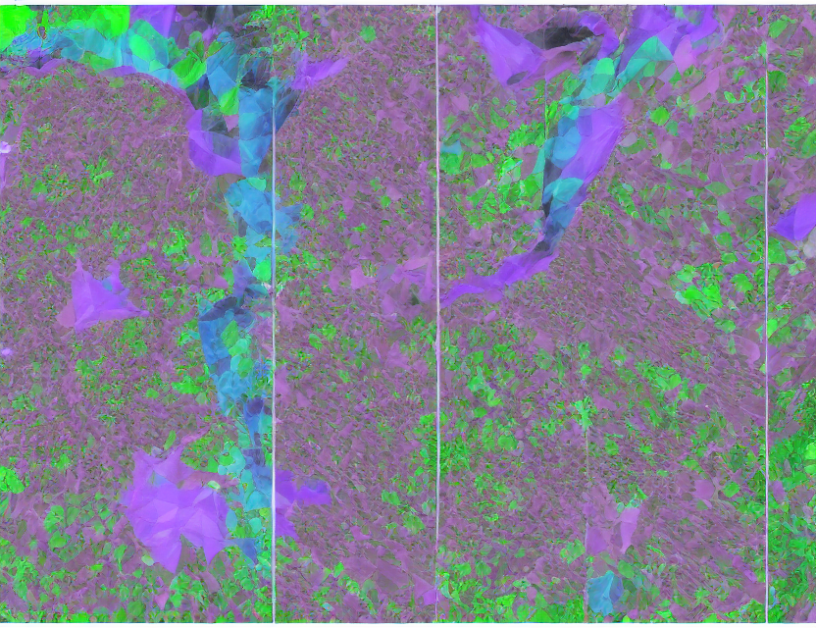In this article, the authors discuss the design of a large-scale learning component for deep neural networks. They explore the use of convolutional layers with different kernel sizes and pooling layers to enhance the receptive field of the segment. The authors also consider the selection of pooling kernel sizes and stride values to downsample the input data.
To begin with, the article explains that larger convolutional kernels may not always lead to better accuracy. Therefore, the authors select convolutional kernel sizes of 7 × 7 and 5 × 5 based on empirical evidence and experimental results. They also explain that the selection of pooling kernel sizes and stride values is guided by the downsampling ratio.
The article then delves into the architecture of the deep neural network, which consists of multiple convolutional layers, max-pooling layers, and fully connected layers. The authors use everyday language to explain that the convolutional layers use different-sized kernels to extract features from the input data, while the max-pooling layers reduce the spatial dimensions of the feature maps. They also clarify that the fully connected layers are used for classification.
To further simplify complex concepts, the article uses engaging metaphors or analogies. For instance, it compares the convolutional layers to a toolbox with different sized tools (kernels) to extract features from the input data. The authors also compare the pooling layers to a camera with different zoom levels to reduce the spatial dimensions of the feature maps.
In summary, the article provides a detailed explanation of the design and architecture of a large-scale learning component for deep neural networks. By using everyday language and engaging metaphors or analogies, the authors demystify complex concepts and capture the essence of the article without oversimplifying.
Computer Science, Computer Vision and Pattern Recognition
Exploring Deep Learning Models for Image Classification: A Comprehensive Review



